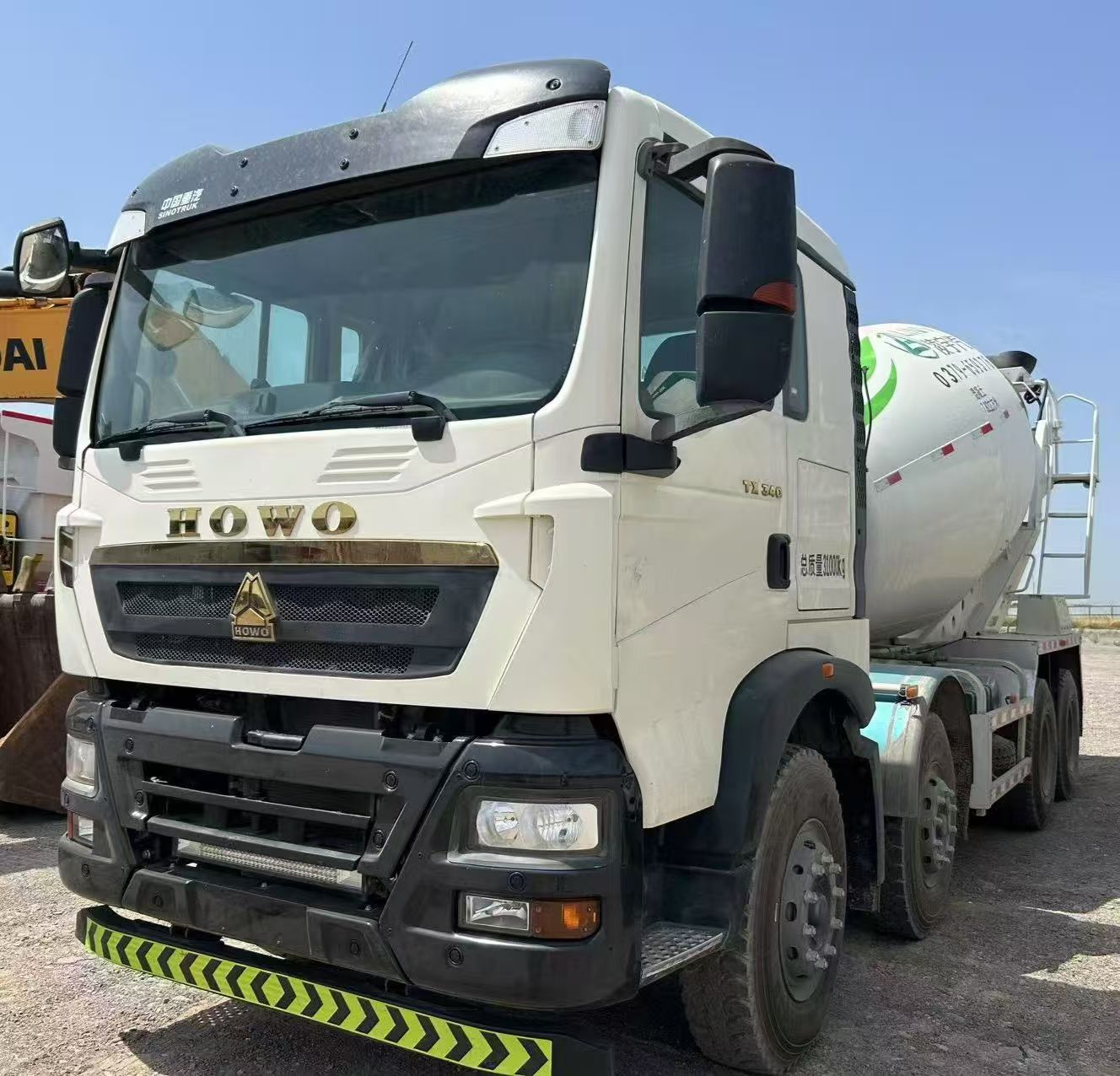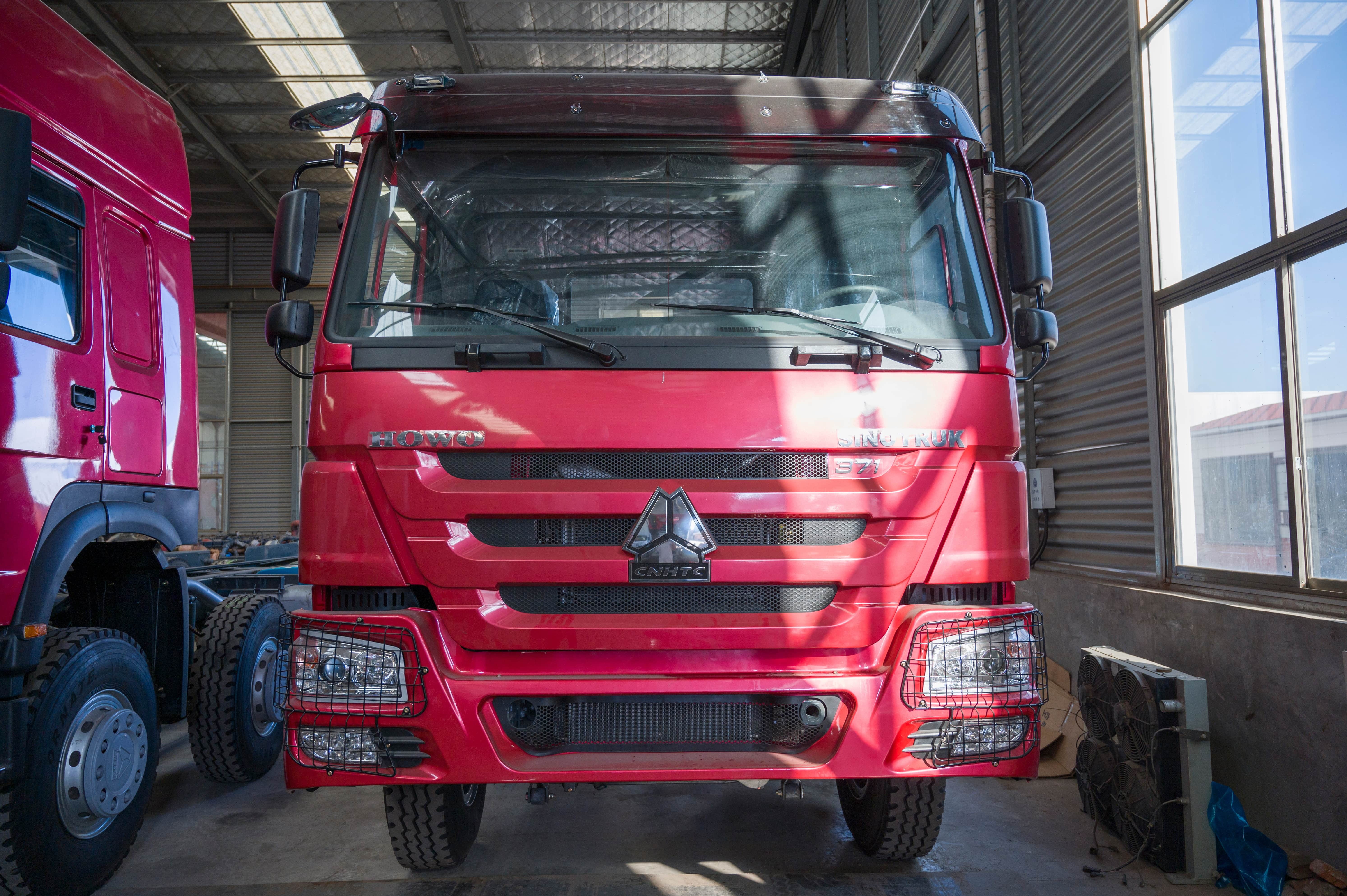A low-temperature suspension is a suspension system specifically optimized for low-temperature environments. Its main differences from an ordinary suspension are as follows:
- Material Selection
- Low-temperature suspension: Typically uses materials with excellent low-temperature resistance. For example, in some low-temperature suspensions, rubber bushings and seals are made of special synthetic rubber (such as hydrogenated nitrile rubber). This material maintains good flexibility and elasticity even at low temperatures. The metal components of the suspension may also use alloy steel with stronger resistance to low-temperature embrittlement to prevent reduced strength due to brittleness in low temperatures.
- Ordinary suspension: Ordinary rubber parts and seals are mostly made of conventional materials like nitrile rubber. The metal parts are also usually ordinary steel. In low-temperature environments, rubber materials tend to harden and become brittle, and the toughness of metal components may also decrease.
- Fluid Characteristics
- Low-temperature suspension: Equipped with specially formulated hydraulic oil or shock absorber oil. This oil has low low-temperature viscosity and good viscosity-temperature characteristics. Even at low temperatures, the fluidity of the oil can be maintained at a good level, allowing the shock absorber to retain normal damping characteristics and response speed.
- Ordinary suspension: The conventional hydraulic oil used in ordinary suspensions significantly increases in viscosity and deteriorates in fluidity at low temperatures. This causes the damping force of the shock absorber to rise, the shock absorption effect to weaken, and the buffering capacity of the vehicle to decrease when passing through bumpy roads.
- Structural Design
- Low-temperature suspension: May have special thermal insulation or heating structures. For instance, some high-end air suspensions are equipped with electric heating devices to maintain the temperature of airbags and control valves, preventing airtightness failure or valve freezing caused by low temperatures. Some suspension structures also pay more attention to gap control between components at low temperatures to avoid abnormal friction or jamming due to material shrinkage.
- Ordinary suspension: Ordinary suspensions have no special low-temperature protection structure design. In low-temperature environments, dimensional changes of structural parts due to cold shrinkage may lead to changes in component fitting accuracy, causing problems such as body abnormal noise.
- Performance
- Low-temperature suspension: Can maintain good comfort and handling stability in low-temperature environments. When passing through speed bumps or potholes, it can effectively filter vibrations and provide a stable riding experience. When the vehicle is steering or cornering, the suspension can respond promptly and provide sufficient support.
- Ordinary suspension: The suspension hardens significantly at low temperatures, reducing comfort, and passengers can feel more bumps and vibrations. Meanwhile, due to the slow response of the shock absorber, the vehicle's handling performance is also affected. The tire grip may deteriorate, affecting driving accuracy and safety.





